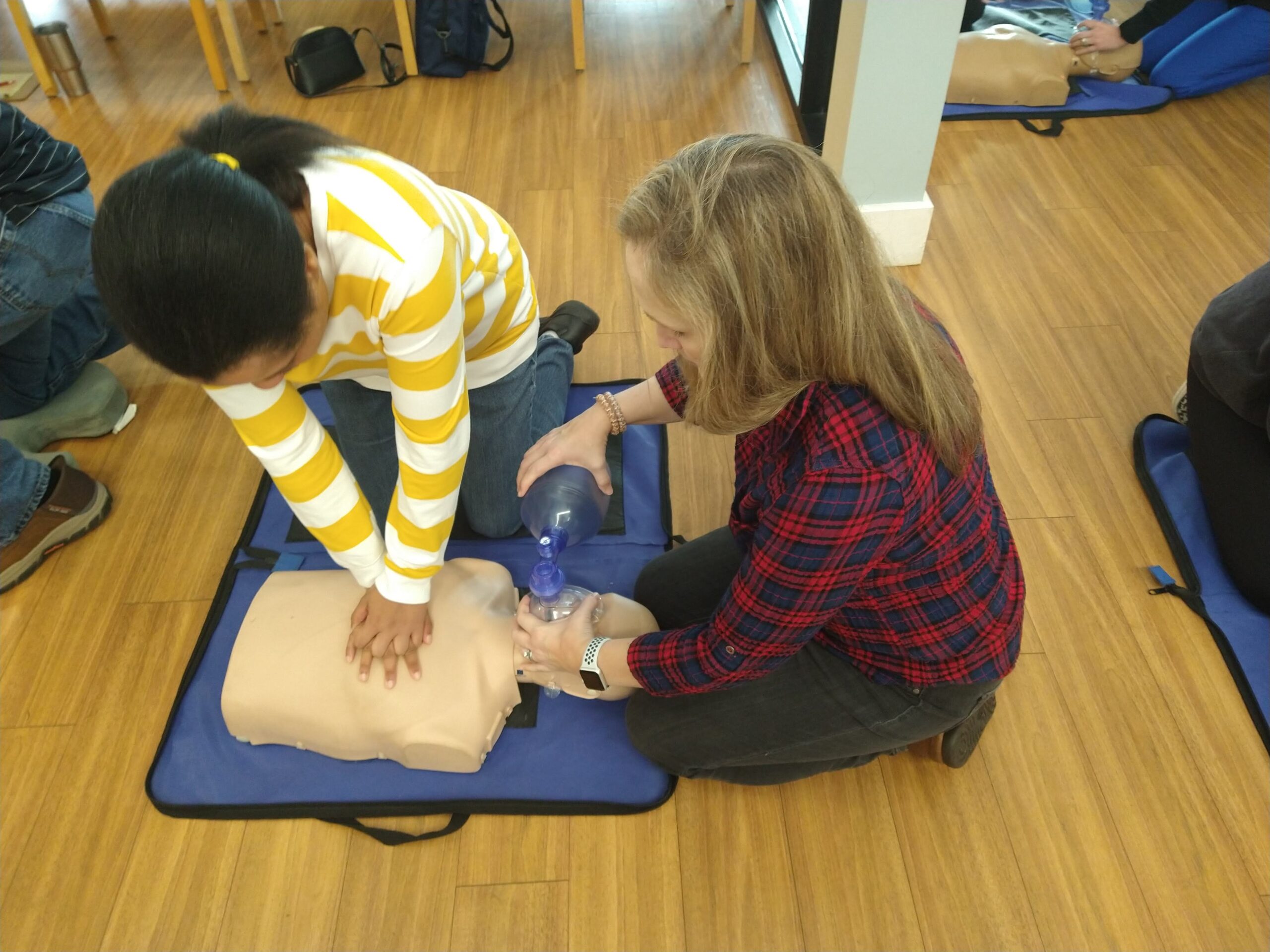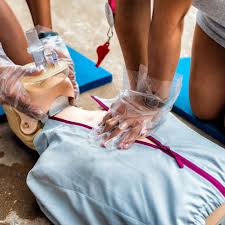
Doctors Hospital CPR Classes in the news…
Imagine you find father lying on the floor, unconscious, you have no idea how long he has been there, you run to call the ambulance. While the paramedics are on their way your father is helpless and you can’t do anything for him. Wouldn’t you want to possess the skills needed to help resuscitate him? Therefore learning CPR skills are important, it could mean the difference between life and death.
Leaning CPR is simple, they only tool you absolutely need is yourself. First you want to learn some of the techniques that are vital to the CPR process. You should know where to check for a pulse in an adult, this is done by taking your index and middle fingers and placing them on the crated artery located on the neck. The next important technique is finding where the zyxphoid process is located, it is at the top of the rib cage where all the ribs meet directly below the chest, and it almost feels like a little notch. Now that you are aware of some of the more tricky terminology you can get started.
When beginning to administer CPR on an adult the first few things you want to do are look listen and feel for ten seconds. You do this by looking straight down the victims chest line to see if the chest is rising or falling, you want to listen for any breathing and you want to put your face close to their mouth so you can feel any breath on your cheek. Next, if they are not breathing you want to try to give them to initial breaths, this is done by tilting the head back slightly to open the air way, pinching the victims nose shut and breathing two full breaths into their lungs. Make sure when doing this step that there is nothing blocking the airway of the victim, this could prevent the breaths from entering the lungs. After your two breaths are given, you want to check and see if the victim has a pulse. You do this by using the technique we learned earlier, you place your index and middle finger on the crated artery and hold it there for …





